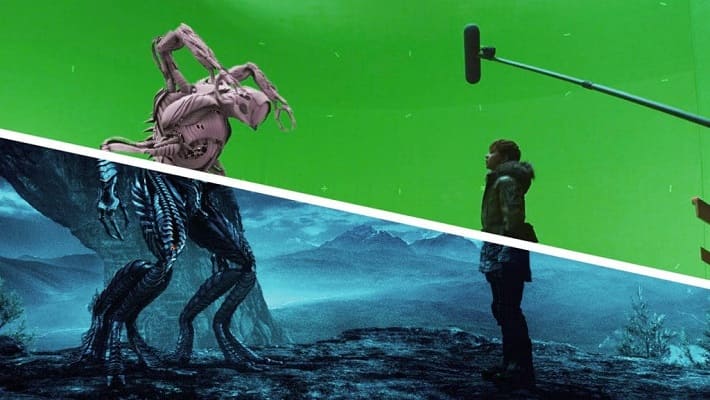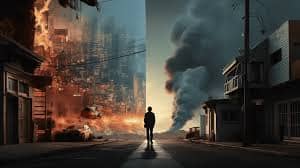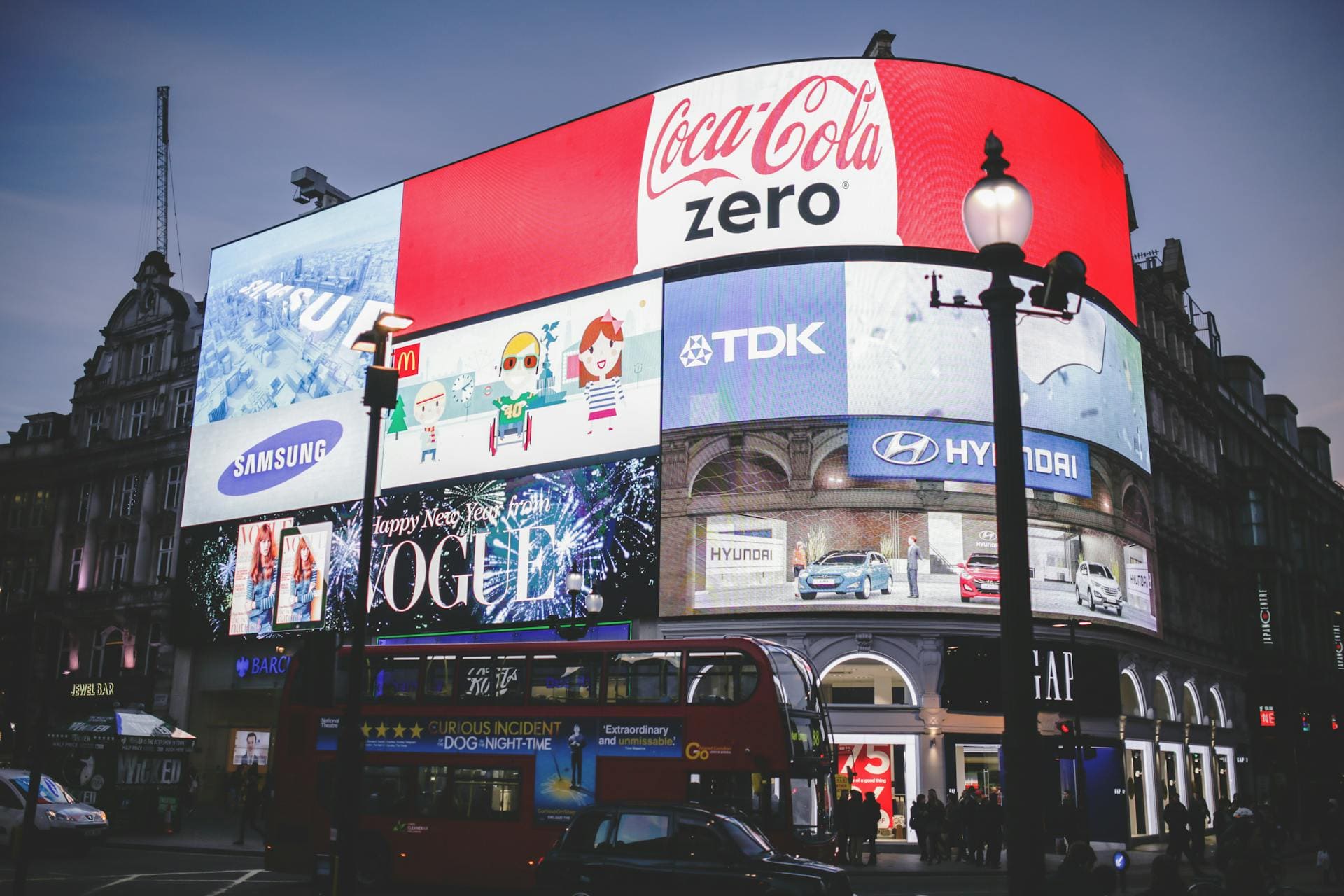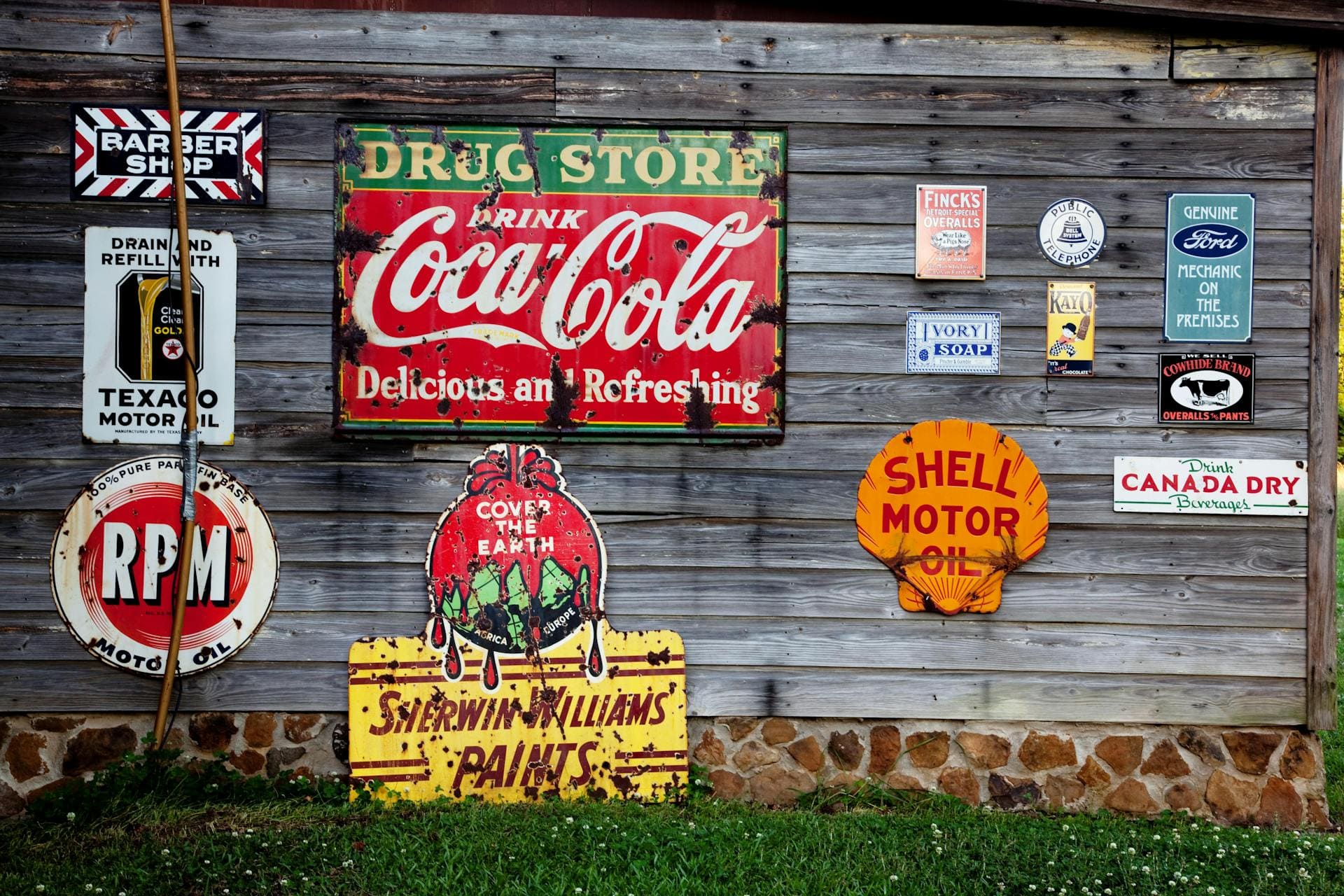You’ve seen it in movies, TV shows, and even video games: mind-blowing special effects that transport you to another world. But have you ever wondered how they make it happen? It all comes down to two key techniques: CGI vs VFX. While these terms are often used interchangeably, they are actually distinct aspects of visual effects production.
What is CGI?
CGI, which stands for Computer Generated Imagery, is the process of creating images entirely with computer software. Think of it as digital artistry. Skilled artists use software like Autodesk Maya, Blender, or Adobe After Effects to create anything from a single object to an entire fantastical landscape. Contact us for applying CGI techniques in your campaigns.
Examples of CGI:
- The breathtaking landscapes of Pandora in Avatar
- Gollum from Lord of the Rings
- Spaceships, towering buildings, and miniatures in various films
What is VFX?
VFX stands for Visual Effects, and it’s a broader term that encompasses a variety of techniques used to manipulate or enhance moving images. VFX often involves combining live-action footage with computer-generated elements to create a seamless visual illusion. Indeed, VFX artists are masters of compositing, animation, matte painting, and motion tracking, seamlessly blending the real and the unreal.
Examples of VFX:
- The folding cities in Inception
- The terrifying yet beautiful space vistas in Gravity
- The integration of digital creatures with live-action scenes in Pirates of the Caribbean: Dead Man’s Chest
VFX vs CGI: Key Differences

Definition and Distinction
- CGI: Specifically creating images or animations from scratch using computer software whereas
- VFX: A wider range of techniques used to enhance or modify existing footage, including CGI
Techniques and Technologies
- CGI: Relies on 3D modeling, texturing, rigging, and animation software. Conversely,
- VFX: Often involves compositing software like Adobe Photoshop or Nuke to blend different layers of footage.
Impact on Storytelling
- CGI: Offers limitless possibilities to create characters and environments that don’t exist in the real world, expanding storytelling possibilities. While,
- VFX: Ensures these digital creations integrate realistically with live-action footage, maintaining the viewer’s suspension of disbelief.
CGI vs VFX: Busting Common Myths

Let’s clear up some common misconceptions about CGI and VFX:
Myth: CGI and VFX are the same thing. Reality: CGI is a specific technique used within VFX. VFX is the broader category.
Myth: CGI always means completely artificial images. Reality: While CGI can create images from scratch, it can also be used to enhance existing footage in VFX.
Myth: VFX only includes CGI. Reality: VFX involves a variety of techniques, including CGI, compositing, animation, and even practical effects enhancement.
Myth: CGI and VFX are always obvious. Reality: When done well, CGI and VFX are seamlessly integrated and virtually indistinguishable from reality.
SFX: A Partner in Crime
Another term often thrown into the mix is SFX, which stands for Special Effects. SFX involves practical effects created on set, such as explosions, makeup, and animatronics. While VFX relies on digital manipulation, SFX brings a tangible, in-camera realism to the screen.
Examples of SFX:
- The fantastical creature transformations in Pan’s Labyrinth using makeup.
- The explosive action sequences in Mad Max: Fury Road.
Undoubtedly, the most captivating visual experiences often come from a harmonious blend of CGI, VFX, and SFX. By understanding the strengths of each technique, filmmakers can create truly unforgettable cinematic moments. The lines between these techniques are becoming increasingly blurred, resulting in a new era of visual storytelling that pushes the boundaries of what’s possible on screen.
Think of Star Wars, A New Hope with its groundbreaking use of miniatures and motion control, or Avatar and its groundbreaking use of mo-cap and digital environments, or Oppenheimer with its masterful blend of practical and digital effects. These films showcase the evolution of visual effects and the limitless possibilities that arise from a collaborative approach. As technology continues to evolve, the future of filmmaking lies in mastering the art of seamlessly blending these techniques, creating a truly immersive and awe-inspiring experience for the audience.



